Your smart watch, what’s working? Making sure your red zone is YOUR red zone!
We love our smart watch devices. Driving this trend is heart rate training which provides big benefits for everybody from beginners to the most competitive.
There are five heart rate zones based on the intensity of training with regard to your maximum heart rate. The key to making progress is to elevate your heart rate into the correct training zone so your effort matches your goals. For example, the heart rate zone required to improve aerobic endurance is higher than that needed for fat burning.
The red zone on your watch indicates you are in the highest heart rate zone working out at 90-100%of your estimated maximal heart rate (MHR).
When the red zone on your watch doesn’t make sense, it may be the first sign that your set training zones are not accurate for you.
When your watch states you’re exercising at your highest range of heart rate - the red zone and you feel you’re not working even close to or at your maximal effort, it can mean there is a problem with the accuracy of your estimated individual maximal heart rate (MHR).
Establishing maximal heart rate, calculations generally use an age formula and do not take into account your fitness levels or inherited genes which can make your true maximum heart rate 10-20 beats per minute higher or lower than the age-predicted number.
A more accurate way to calculate your maximum heart rate is to have an exercise tolerance or stress test. This usually is supervised by a sports therapist and performed in a clinical setting in 3-minute stages, during which the speed and incline continue to increase in an effort to elevate your heart rate until it climbs to its’ highest level.
The red zone may also indicate when you have unknowingly crossed into a different energy system, one your body is less adapted for.
Every individual has a unique aerobic-anaerobic threshold heart rate range. Your range will represent the upper limits of aerobic exercise – the point just before you push yourself into exhaustive anaerobic work.
Say you wished to build more muscle and increase your metabolism but your workout held you in the upper levels of your aerobic threshold (too high to benefit for weight loss range and too low to access your anaerobic energy systems), you would spend valuable time and energy without achieving your desired training effect.
This is important to you if you feel you have been training consistently but not achieving the expected changes in fitness, speed or body shape/ tone.
Other problems from exercising at the upper limits of your aerobic exercise without knowing it can occur like needing increased recovery time between sessions and placing cumulative stress on your body’s internal systems like your adrenals and immunity.
Note if you have weak bones, fractures or bone density issues seeking the help of a qualified sports therapist to establish your correct MHR and aerobic-anaerobic threshold will allow you to train in the correct zone for goals, helping you to keep phosphorus in your blood at the right levels.
Too much phosphorus in your body can cause your body to draw calcium from your bones as it works to keep your blood balanced.
Regardless of age and stage, focusing on the body you want, harnessing the power of training tools like your smart watch, can effectively transform your fitness regime from a list of must-do activities to a well-executed plan for a sustainable body.
Have a question about your smart watch? Need help with your individual training?
Contact our qualified team of sports therapists, or book a free strategy session with us at Event Ready Bodies. Email us : barbara@eventreadybodies.co.nz

